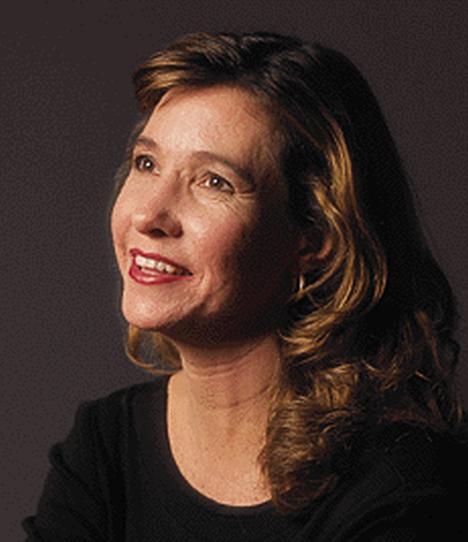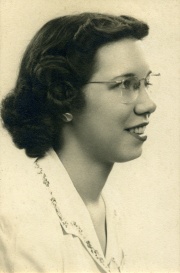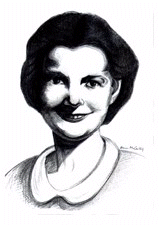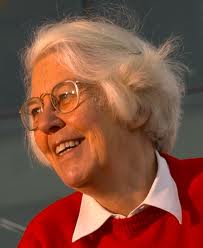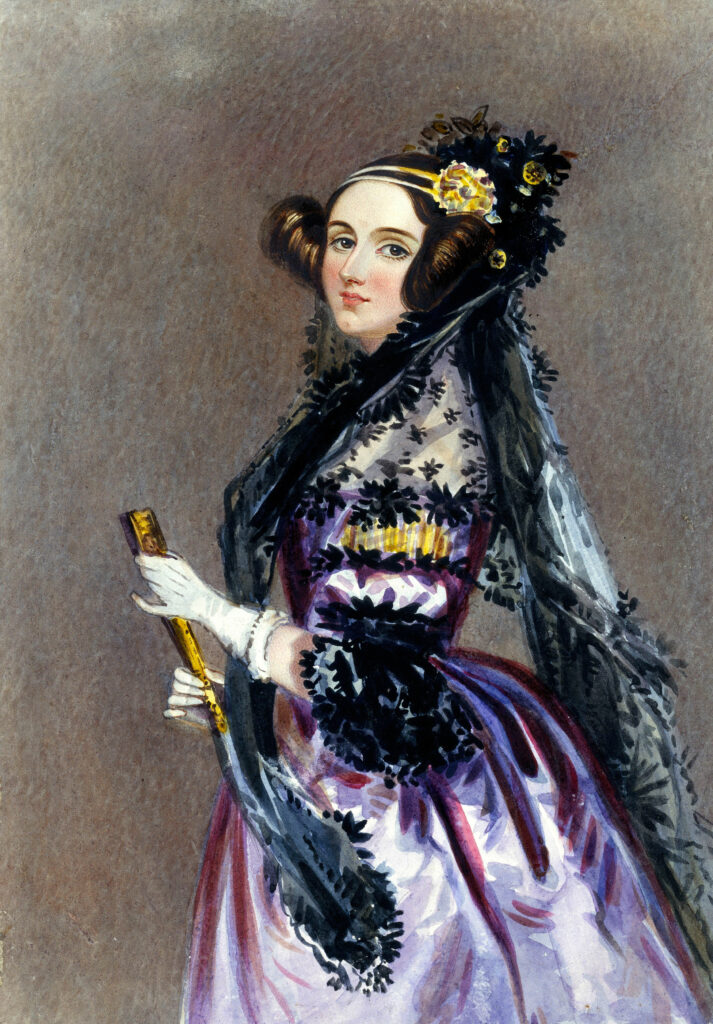Seven Astounding Women Who Helped Shape Today’s Technology
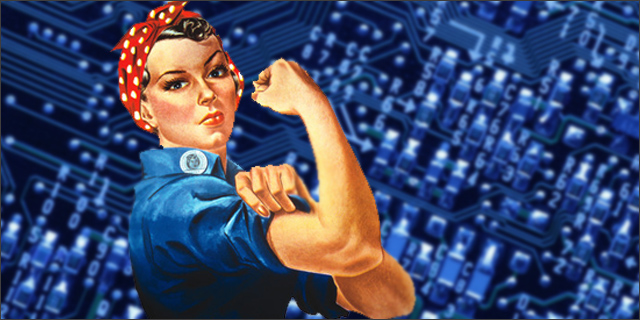
From the world’s first computer programmer, to creating the first search engine algorithms, to developing the first computer language; women have had quite the hand in creating the world as we know it today. It would be impossible to talk about every single lady who helps, so Geek Insider has chosen seven of the very best.
Gamer For Life: Roberta Williams
Roberta Williams, born February 16, 1953, is an American video game designer. She was first introduced to gaming by her husband, who showed her the “Adventure” game written by Don Woods. After that, Williams fell in love with text adventure games and thought they could be even better with graphics. She is known for her work on the “King’s Quest” series, which is considered a classic. Williams, along with her husband, were quite famous in the graphical adventure game world in the 80s and 90s. In 1980, Williams and her husband founded the company On-Line Systems, which later became Sierra On-Line. Some of Williams’s games were “Mystery House” (1980), “Wizard and the Princess” (1980), “Mixed-Up Mother Goose” (1987), the “Colonel’s Bequest” (1989), and “Phantasmagoria”. “Phantasmagoria” was Williams ‘s favorite game but it received mixed reviews for excessive rape scenes and violence (1995). Sierra was then sold to Activision Blizzard in 1996, with Williams retiring in 1999.
A Mathematical Wizard: Jean E. Sammet
Jean E. Sammet was born in 1928 in New York City. She earned her PhD in computer science, in 1968 at Stanford. She also went further to get a BA in Mathematics from Mount Holyoke College, which she earned in 1948, and an MA in Mathematics from the University of Illinois at Urbana-Champaign, earned in 1949. So, what I’m saying is that this woman was really, really smart.
She used all that amazing mathematical prowess to develop the first computer language while working at IBM called FORMAC (FORmula MAnipulation Compiler). This program was an early computer algebra system based on FORTRAN and was the first widely used computer language for the symbolic manipulation of mathematical formulas.
Sammet worked for IBM for 27 years and was a member of a specialized sub-committee that created COBOL. On top of that, she founded the ACM Special Interest Committee on Symbolic and Algebraic manipulation (SICSAM) in 1965 and became the first female President of the ACM from 1974 – 1976. In 1994, she was elected as an ACM Fellow and received the Lovelace Award in 1989.
Didn’t Stay in the Kitchen: Betty Holberton
Originally Frances Elizabeth Snyder, Betty Holberton was born in 1917 in Philadelphia. She attended the University of Pennsylvania. On her very first day, it’s said that she was told by her math professor to quit wasting her time with trying to earn a mathematics degree and to stay home and have babies. Apparently discouraged by these words, Holberton chose instead to study journalism. However, she was hired by the Moore School of Engineering to be one of the first “computors” to work on ENIAC, which she programmed to perform calculations for ballistics trajectories electronically for the U.S. Army’s Ballistic Research Laboratory. Her work on this project earned her a place in the Women in Technology International Hall of Fame.
Despite her first professor’s beliefs that women should stay in the kitchen, Holberton became the Chief of the programming research branch at the Applied Mathematics Laboratory at David Taylor Model Basin in 1959. While there, she helped develop UNIVAC, wrote the first generative programming systems (SORT/MERGE), and designed the first statistical analysis package for the 1950 U.S. Census.
On top of everything, Holberton worked with John Mauchly to develop the C-10 instructions for BINAC, which is considered to be the origins of modern programming languages) and worked with Grace Hopper in the early standards of COBOL and FORTRAN.
She also received the Augusta Ada Lovelace Award in 1997 for all her contributions.
Revolutionizing Phones Forever: Erna Schneider Hoover
Erna Schneider Hoover was born June 19, 1926 and earned a PhD in the philosophy and foundations of mathematics from Yale. In 1954, she began working at Bell laboratories in New Jersey as a researcher. During her time there, Hoover created a computerized telephone switching system that utilized a computer to monitor incoming calls. This system could automatically adjust a call’s acceptance rate, which helped to eliminate overloading problems. To this day, the principals of Hoover’s system are still in use. For this invention, Hoover received one of the first software patents ever issued and was made the first female supervisor of a technical department at Bell. Hoover was inducted into the National Inventors Hall of Fame in 2008 and she also received the Wellesley College alumni achievement award.
Queen of Search Engines: Karen Sparck Jones
Karen Sparck Jones was born on August 26th, 1935 and is considered a founder of information retrieval. She worked at Cambridge’s Computer Laboratory from 1974 – 2002. While she worked there, Jones concentrated on natural language processing and information retrieval. She came up with the concept of inverse document frequency (IDF) weighting in information retrieval. This process is still used in most search engines today. Jones became the Professor of Computers and Information and campaigned hard for more women to enter computing before retiring in 2002. She was the first woman to receive the Lovelace Medal from the British Computer Society in 2002. Besides getting the esteemed Lovelace ward, she was also awarded the Gerard Salton Award in 1988, the ASIS&T Award of Merit in 2002, ACL Lifetime Achievement Award in 2004, and the ACM-AAI Allen Newell Award in 2007.
The Kickass Math Admiral: Grace Hopper
Grace Hopper, born on December 9, 1906, was the first woman to graduate from Yale with a PhD in mathematics. She was also the first woman to reach the rank of Admiral in the U.S. Navy. Even more awesome, was that Hopper was also one of the first female programmers and created the term “bug” and “debugging”, which was inspired by an incident of having to remove a moth from the inside of her computer. Hopper also helped in the creation of FLOW-MATIC language for UNIVAC I and II computers. Her favorite quote is “It is easier to ask forgiveness than it is to get permission!” She was also one of the first programmers of the Harvard Mark I computer and invented the first complier for a computer programming language. She help spread the idea of machine-independent programming languages, which led to the creation of COBOL. Due to the wide scope of her accomplishments, Hopper is sometimes referred to as “Amazing Grace” and the U.S. Navy Destroyer USS Hopper and the Cray XE6 “Hopper” supercomputer at NERSC were both named for her.
First Ever Computer Programmer: Ada Lovelace
Ada Lovelace was born December 10th, 1815 as the only legitimate child of the poet Lord Byron and Anne Isabelle Milbanke. Lovelace was a mathematician known as the “princess of parallelograms.” Originally she was taught math and science as a preventative methods against “dangerous poetic tendencies”, which her mother worried she had inherited from her father.
In 1843, Lovelace translated Luigi Menabrea’s memoir on Charles Babbage’s analytical engine. Her work is still widely considered to be the first algorithm meant to be processed by a machine. Lovelace’s work is a thorough methodology on how to use Babbage’s analytical engine to calculate a sequence of Bernoulli numbers. Her notes would have run correctly had the “engine” ever been actually built. This made her the first computer programmer ever. Now she has her own day and award, her name is also used by the D.O.D.: Ada was the name given to the Department of Defense’s own computer language in 1980.

